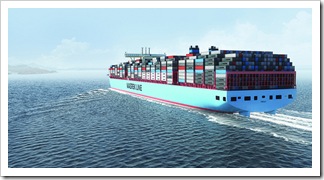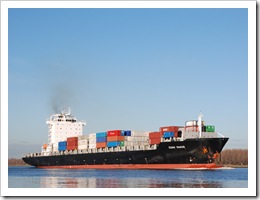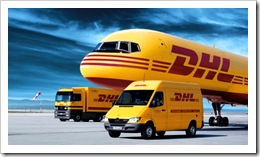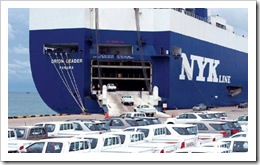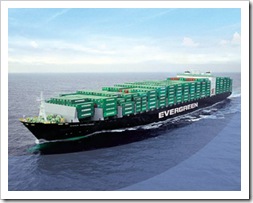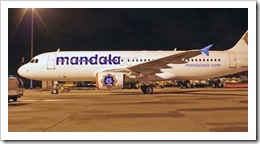
Currently, the French Parliament is working on legislation which contained the plan implementation duties amounting to 300 per cent for CPO from Indonesia. The reason, CPO containing saturated fat is considered not good for health.
As the country's largest palm oil exporter in the world, Indonesia can not remain silent. Deputy of Indoensia Trade Minister, Bayu Krisnamurthi said it would immediately lobbied the French parliament to give an explanation. "Through open debate, I explained that if anything consumed in excess is not good, not just about the CPO," he said.
Every year France imported about 160 thousand tons of CPO. This amount is relatively small compared to the overall CPO imports of European imports each year to reach 5 to 6 million tons. Half of that amount came from Indonesia.
Although the numbers are small, Bayu assume that CPO duty plan as a form of negative campaigning of the main Indonesia's export products. For that, he then touched on business interests of each country.
As is known, in recent year Indonesia airlines has buy many of Airbus planes from France. Not to mention, some of the leading French companies such as Danone, L''oreal, and Carrefour to expand massively over the country. For that, in return, Bayu expect France to receive products from Indonesia. "CPO is Indonesia interest. I requested it be kept as well," he said.
Attacks on oil commodities not just this time facing Indonesia. In addition to health issues, environmental issues are also often waged to undermine Indonesia's main export commodity. Problem is, Bayu said that of the 23 million tons of CPO was produced in Indonesia, 7 tons of which have been certified eco-friendly.
Negative campaign was considered very detrimental. Moreover, in 2014 the European Union will implement the new labeling rules in which each product should specify the vegetable oil it contains, whether it be from oil or soy. Previously, exports of these commodities has been disturbed by the crisis in Europe.
If that happens, oil Indonesia will no longer dealing with import regulations in each country, but directly to the consumer ratings. "If palm oil continues to tampered image to health issues, the environment, and the others, consumers will naturally resist palm oil," he said. For that, Bayu plans to work together with Association of Indonesian Palm Oil to ward off the negative campaigns.

